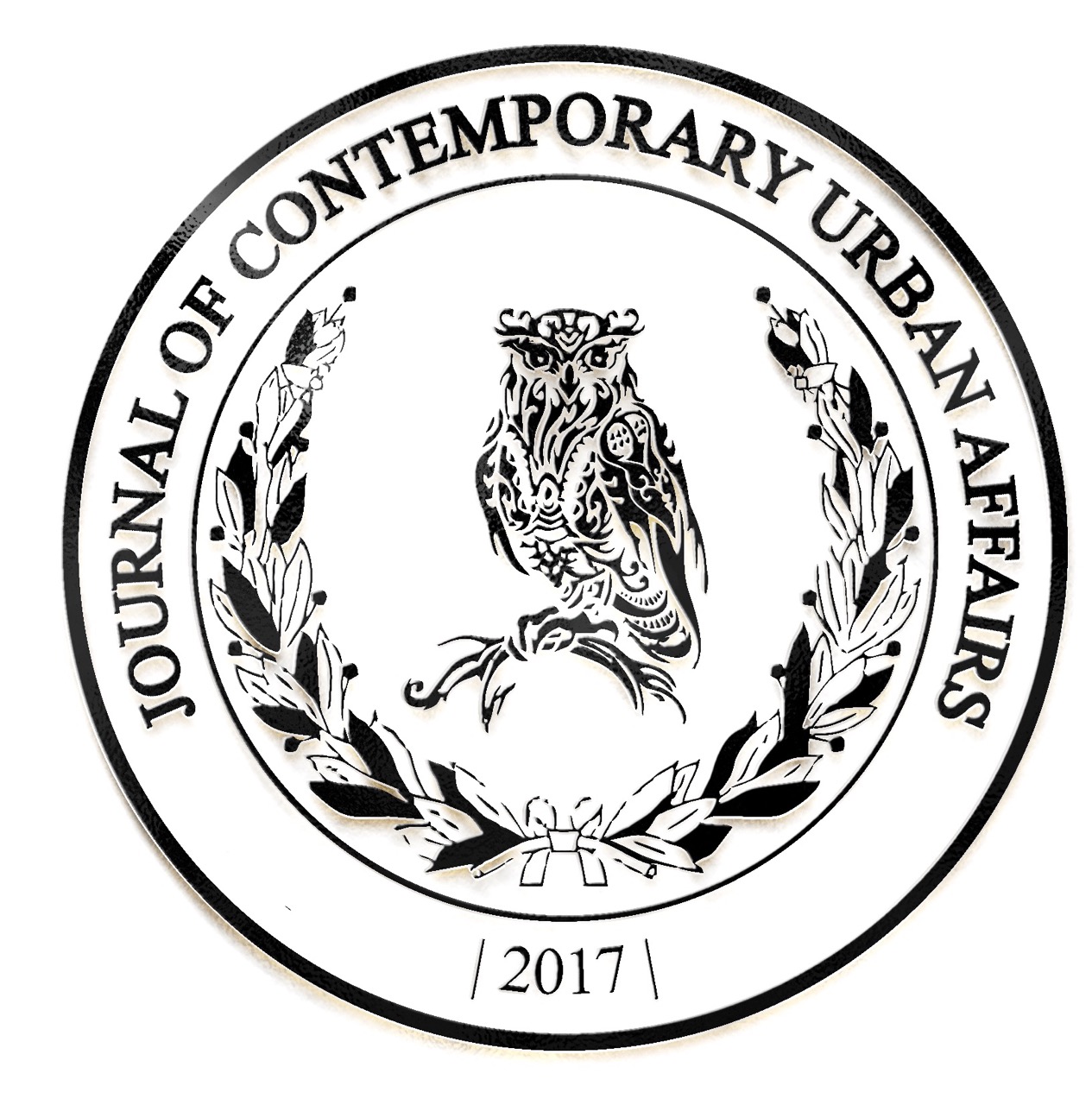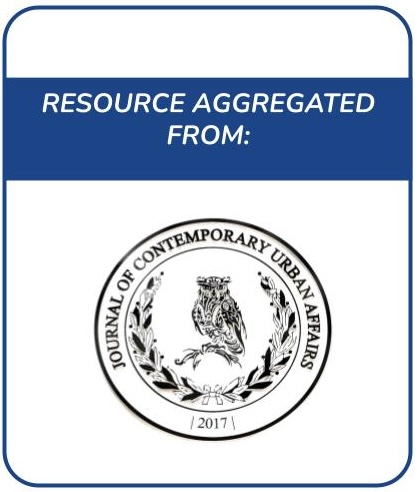Focal point
Location
Cikcilli District, Saraybeleni Street No:7 07400 , Alanya, Antalya, Turkey
The journal promotes original academic contributions that are cross-disciplinary to strengthen research under three main areas: Citizenship Rights and Responsibilities; Territorial Studies; and Urban Transformations.
In this regard, the journal has aimed to:
- discuss the role of urban planners, urban designers, and architects in enhancing social and economic aspects of the built environment.
- discuss emerging social and economic challenges and problems facing global cities within other scientific fields.
- develop theoretical and methodological foundations in respect of the social and economic problems of contemporary urbanization.
- bring a scientific view to emerging social and economic challenges in urban spaces.
- provide sufficient comparisons of different challenges and solutions facing cities and societies, as referred to in the aforementioned main aim of the journal.
- discover and identify innovative methods and techniques to overcome the aforementioned challenges.
Contributions are welcome from across the full range of social sciences and arts and humanities disciplines. It is expected that the contributors will provide advanced empirical and theoretical knowledge referring to contemporary urban affairs - from both positive and normative perspectives. Priority for publication is given to research articles that are specifically written for a multidisciplinary audience with the highest quality and impact. In this regard, the journal looks for articles that are innovative and demonstrate excellent research and development.
Members:
Resources
Displaying 26 - 30 of 103Revitalizing Urban Governance: Integrating Smart Growth and Decolonial Perspectives for Municipal Empowerment in Shaping Growth Across Egyptian Desert Landscapes
This article explores the connection between Smart Growth and the decolonization of urban growth management in Egypt examining the impact of former colonial influence on present urban policy and practices Drawing insights from the urbanization of Egyptian desert areas before and after the New Urban Communities Program NUCP it scrutinizes how historical influences adversely affect contemporary approaches inducing socioeconomic impacts The primary objective is to identify the root causes of misguided urban growth management practices arguing that monoinstitutional and sectoral development is
Impact of Urban Heat Island on Formation of Precipitation in Indian Western Coastal Cities
Rapid urbanization is leading to a drastic hike in anthropogenic activities and urban surface alterations As a result there are many repercussions one of them being higher temperatures in urban areas when compared to rural areas This phenomenon is termed Urban Heat Island UHI The impacts of urban surface characteristics climate and population density on UHI have been extensively studied However the influence of UHI on the local climate remains elusive Relatively few studies demonstrate interrelation between UHI population density and unanticipated precipitation events Therefore it is import
The Role of 'Scale' on the Acceleration of Social Interaction in Urban Spaces
Rehabilitation projects are interventions that can lead to the transformation of the sociospatial structure of obsolescent neighborhoods The main intention of such projects is the creation andor improvement of social interactions after physical and functional interventions Urban Renewal Organization of Tehran UROT is tasked with identification of target obsolescent neighborhoods preparation of neighborhood development plans and implementation of rehabilitation projects to improve the quality of space and stimulate social interactions In this paper three urban spaces in different scales micr
A Proposal to Mitigate Energy Consumption through the Sustainable Design Process in Tunis
The main objective of this paper is to assess the energy efficiency of residential buildings in Tunis To this end three complementary studies were carried out at different levels Initially a diagnosis of the buildings adaptability to climate change at urban and architectural scales was established The methodology adopted was based on indicators obtained following a crossreference of environmental assessment tools This made it possible to highlight the lacunary factors related to thermal comfort According to this finding the second research was set up to focus on outdoor thermal comfort The
Mathematical Model Applied to Green Building Concept for Sustainable Cities Under Climate Change
Recently the effect of greenhouse gases GHGs is worldwide terrified anxiety to the public and scholars Even this global problem is one of the great issues that continuously makes worrying the governments and environmentalists but its solution findings are not out of the image at all In this study we have proposed and analysed a mathematical model for the solvable management of GHGs by sowing the seeds of green building dynamic systems Moreover in the model the human community is used to enhance the production power of individuals of green buildings by absorbing the GHGs The model is analyse


